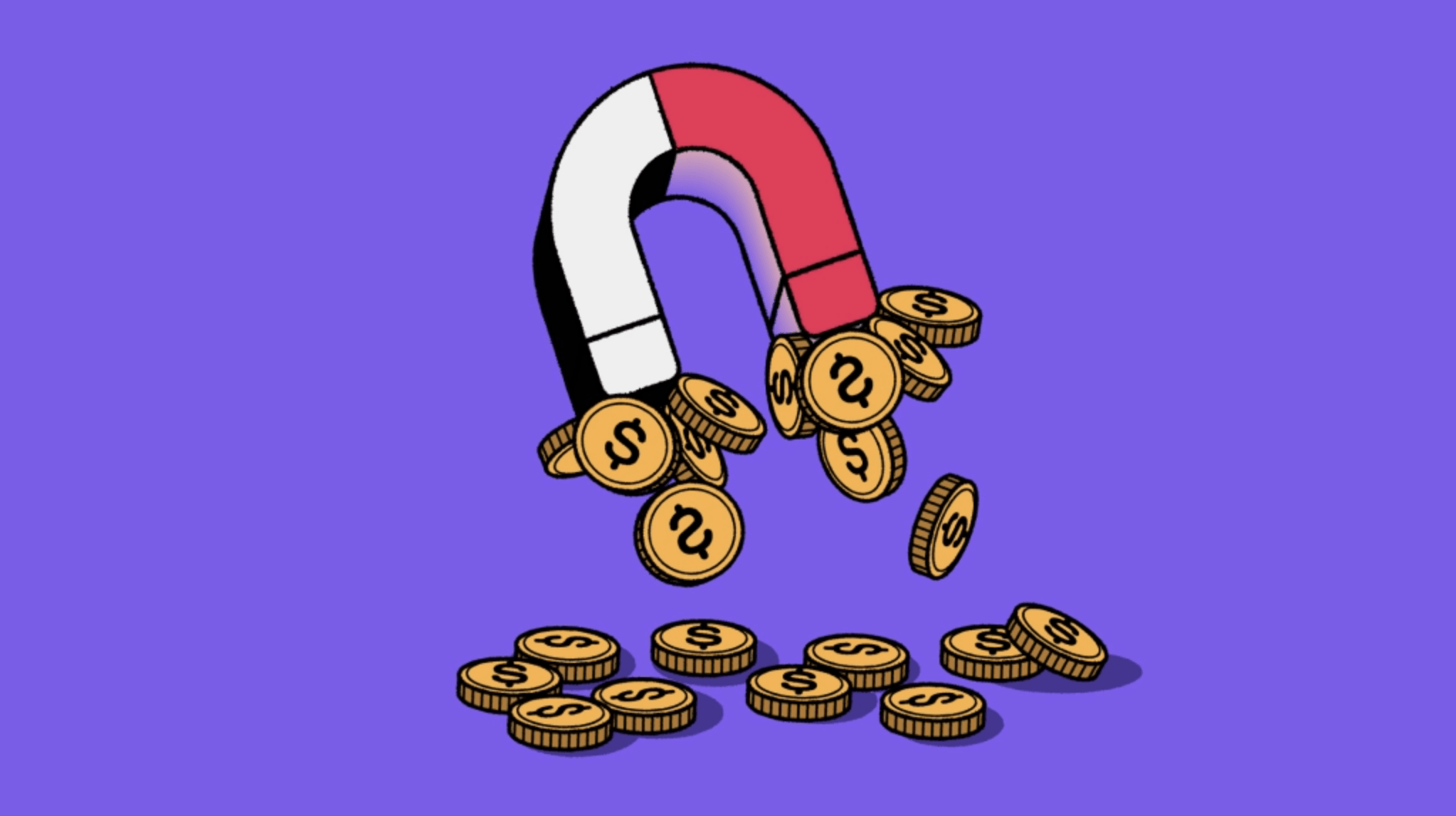May 4, 2023 | By Tony Case
Media Buying Briefing: It’s going to be a bumpy ride through the 2023 upfront marketplace
Not counting Linda Yaccarino’s sudden departure from NBC Universal to become Twitter’s CEO one business day before the company’s upfront presentation to media buyers and marketers, the 2023 upfront marketplace is going to be a swirling mass of uncertainty on a number of fronts.
From a writer’s strike that will alter TV schedules to an economic monkey wrench in the form of a possible debt default to a still-confused measurement market — more than $20 billion in ad dollars hang in the balance. And based on interviews with five major investment executives at both holding company shops and independent agencies, the general consensus is the market will be flat to down in total ad dollars.
The marketplace is bigger than ever, with video platforms ranging from the linear (and now streaming) media giants to a host of connected TV and digital video players all vying for a shrinking pot of ad dollars. Whether ad sellers end up holding dollars out of the upfront market to play in the scatter market in the second half of the year feels like a big risk, given that scatter pricing in the first half of 2023 has been soft, agreed the buyers.
“This is definitely a buyers market,” said one holding company head of investment, who spoke on condition of anonymity to speak more freely. “In a year where dollars are down — and budgets are down significantly — it’s going to be interesting to see how people divvy up their money. Do they put it all with a few players who are willing to give them a better deal if they can increase their share and increase the dollar volume? Or are buyers going to just divide everything up, and then take the riskier side of, ‘let’s do this, let’s do a little bit of that’ and trying to cover their bases? To me, that’s a way of making sure that you’re [going to fail]. Because if you’re betting on every single horse in the race, you’re not going to win.”
Scatter’s soft blows
Another head of investment at a different holding company noted that the softness of scatter portends the opportunity for buyers to strike better deals, whether that be on pricing or more flexibility in cancellation options. “We’ve been able to chip away at the historically strict cancellation terms, and that’s the best way to make clients feel comfortable about spending” in the upfront.
One important bellwether of the relative strength of the video ad marketplace is third-quarter cancellation options, which the first source said are going to be more numerous than usual — meaning advertisers will be cancelling more of what they agreed to purchase beforehand. That will leave even more inventory for sellers to have to fill, which could further bring down pricing.
“It’s going to confirm with all the sellers that the down upfront budgets that all the buyers have been talking about is real, it’s not posturing,” said the investment head.
Who strikes out?
Meantime, the writers’ strike has cast a cloud of uncertainty on all video players reliant on scripted entertainment. But that scenario offers a mixed bag of opportunity in itself. Linear TV, said buyers, will be hurt by the lack of shows but can make up losses with more reality TV, news programming and live sports. Streamers that are content-heavy may feel the pinch of less new content available to them, but those with bigger libraries can make better use of them.
“There are definitely some streamers that don’t have a lot of library content that are going to be in trouble,” said Kelly Metz, managing director of advanced TV activation at Omnicom Media Group. “We know the No. 1 goal for streamers right now is to get profitable. The writers’ strike doesn’t necessarily hurt them doing that. Let’s say they become more dependent on their library to generate viewership — well, then whoever’s got the best and strongest library wins. If you’re sitting on “Friends,” you’re sitting on some key programming that never seems to lose popularity, [and] you’re looking good.”
Dave Campanelli, evp and chief investment officer at Horizon Media, agreed with that thinking in the short term, but said the absence of fresh content will hurt streamers in the fall. “New hit shows prevent churn for streamers,” he said. “If that river runs dry, people are going to cancel their subscriptions. Once you give viewers a chance to change their behaviors, it’s very hard to get them back.”
Measurement mishegas
The lack of coherence in video audience measurement continues to plague the industry. And while some buyers said to expect an increase in the number of ad deals transacted on non-Nielsen data, it won’t be a groundswell of any significance.
“A very small amount of upfront was transacted on non-Nielsen based [currencies]” last year, said a third investment executive at another holding company. “I think there’ll be more that is transacted on a non-Nielsen basis this time around — not a majority, but a more significant percentage.”
“The biggest miss in the industry right now is this focus on linear [measurement] without the equal and appropriate focus on how we’re going to appropriately measure streaming, and hold streaming viewership as accountable as we have held linear viewership,” added OMG’s Metz.
Moreover it will have an effect on how and where brands will place their ad dollars, said Natalee Geldert, head of brand media at independent PMG. “Some of our customers are seeing, not a reluctance to invest, but they just question the measurement capacity behind everything,” said Geldert. “How do we still tell that measurement story, when we are seeing such a surge in people shifting away from linear into streaming or AVOD — yet no one can seem to connect the dots?”
